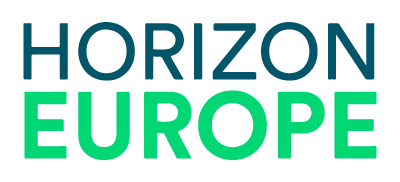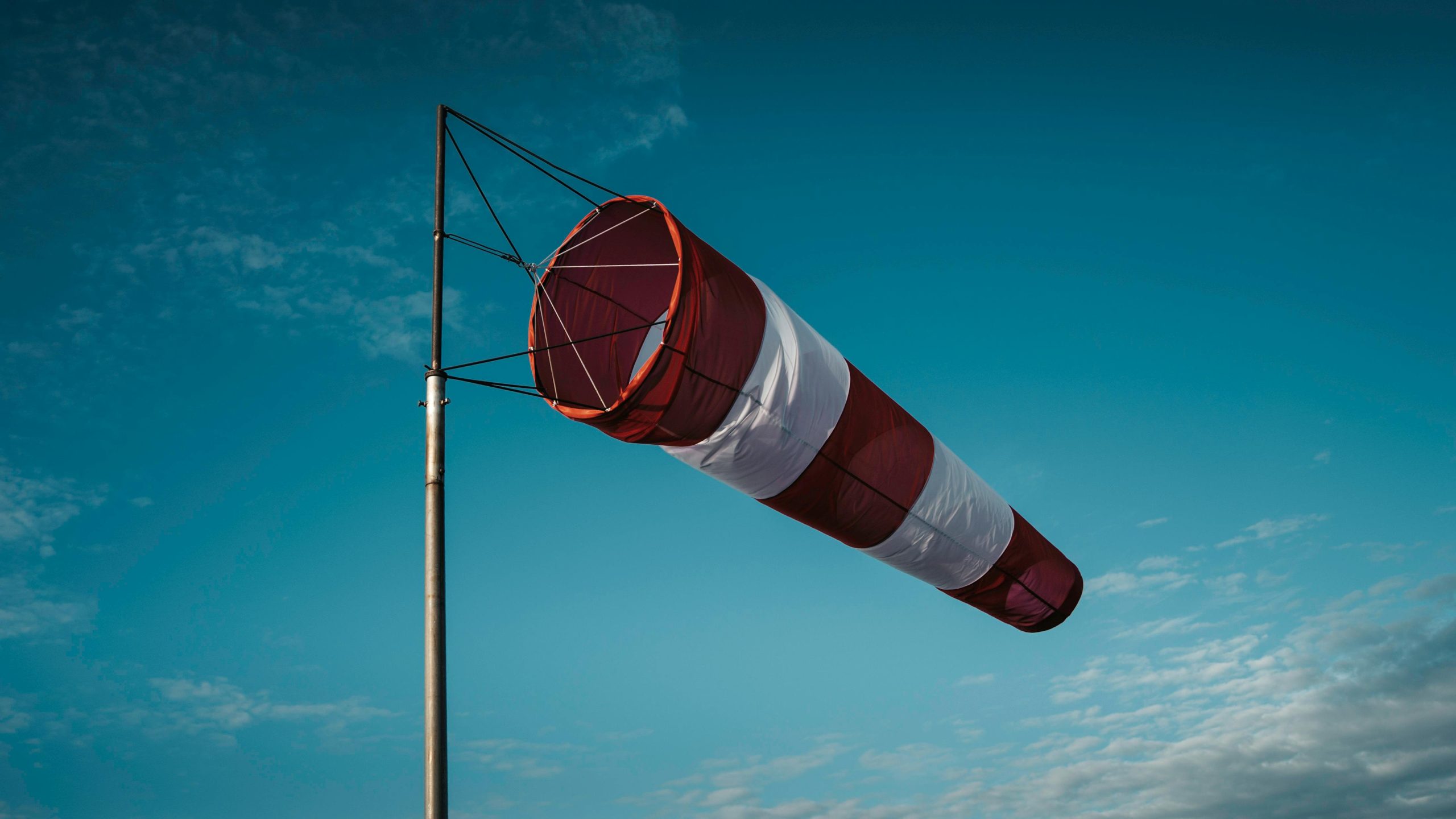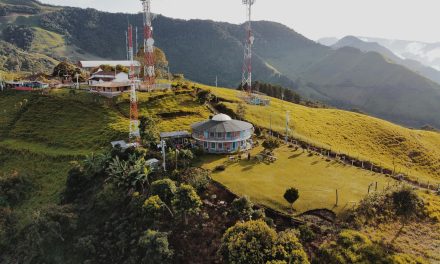In aviation terms, the phrase “Cleared for take-off” can signal the start of a new adventure or, at the very least, the end of a long wait at the airport. It’s one of the many standard phrases spoken in conversation between the pilot and the control tower during take-off and landing as well as the climb, the cruise and the descent in-between.
Turns out there’s a better way. Using data link digital message technology instead of voice conversations, pilots and air traffic control (ATC) staff communicate more efficiently and effectively.
Text-based comms minimise misunderstanding
Airtel, based in Dun Laoghaire, is a world leader in data link. Its head of research and development, Giulio Di Tillio explains it as “the aviation version of WhatsApp”.
“Communication between pilots and controllers is now digital and message-based,” he says.
“They still use standardised messages [such as ‘cleared for take-off’], as was the case in voice communication. But when people are speaking, there can be a language barrier and/or messages need to be repeated when they’re not understood.
“With data link and Controller Pilot Data Link Communications (CPDLC), there are so many advantages. It uses less bandwidth, increase of sector capacities and every message is clear the first time.”
The International Civil Aviation Organization (ICAO) has introduced data link as an international standard, explains Giulio. “All the air navigation service providers (ANSPs) in Europe, such as AirNav Ireland, support data link communication, and it shall be supported by all aircraft flying in Europe as well.”
More sustainable air traffic management
As a leader in air traffic management (ATM) telecommunications, Airtel has worked in partnership with other European companies on the Horizon Europe-funded Single European Sky ATM Research (SESAR) initiative since its inception under the Framework 7 programme.
Under the weight of today’s air traffic, legacy ATM systems are struggling. Resulting delays are costly to both business and travellers alike but also ultimately resulting in unnecessary environmentally damaging emissions.
The SESAR Joint Undertaking seeks to modernise ATM, in harmony with Airtel’s own mission: to make it safer, cleaner and more efficient. Airtel has progressed through all the SESAR programmes to date as the technology developed has evolved and matured.
The initiative’s latest programme, the SESAR 3 Joint Undertaking, coordinates research and innovation aimed at creating the ‘Digital European Sky’. It is a vision of a more automated ATM that can handle increasing air traffic, including new forms of aerial mobility such as delivery drones and air taxis.
A new trajectory for air traffic management
Airtel is a partner in SESAR 3’s Future Connectivity and Digital Infrastructure (FCDI) project, which is working towards future technologies in communication, navigation and surveillance (CNS). Among the services these technologies will enable, is what is known as trajectory-based operations (TBO).
TBO has evolved from the idea of the 4D trajectory concept, which adds time as a fourth dimension when describing an aircraft’s trajectory.
“The controller sees their picture of the airspace where the aircraft is located,” explains Giulio. “They see the trajectory, where the aircraft is flying to, based on the flight plan defined before take-off.
“But during the flight, the pilot can decide to change its flightpath, for weather or other reasons, so the actual trajectory doesn’t match the original flight plan. TBO uses “data link” and Extended Project Profile (EPP) data from Automatic Dependent Surveillance – Contract (ADS-C) to display the aircraft calculated trajectory and compare it with the flight plan one. In case of discrepancy and/or for any other unplanned events, the air traffic controller (ATC) can modify the trajectory and send it to the aircraft which will automatically load it onto the systems allowing the pilot to focus on their core responsibilities.”
The FCDI project aims to complete the SESAR development of a new secure terrestrial data link, L-Band Digital Aeronautical Communications System (LDACS). The L-Band covers the range of frequencies in the radio spectrum from 1 to 2 gigahertz (GHz) and offers range and clarity for digital signals. The FCDI project aims to complete the work started in the previous SESAR projects and bringing it to full technical readiness and ready to be integrated it into legacy European systems.
Security in non-safety links
FCDI also includes an added emphasis on cybersecurity especially as it looks into using ‘non-safety links’ for ATM communication known as Hyper Connected ATM.
“When you fly, you can use WiFi or any public air-ground communication links and networks on the plane, or buy a cup of coffee with your credit card – a transaction that depends on non-safety links,” Giulio explains.
“These are examples of non-safety links, as opposed to the links pilots and controllers use to share safety information. We could use non-safety links for ATM safety communication, but the link must be secure. So this is a long study, working towards security, safety, standardisation and certification.”
Innovation through partnership
Working on such complex international projects brings its challenges. Reaching agreement among multiple partners can be arduous but the advantages, such as valuable R&D funding, consensus-building and interoperability in flight trials make it all worthwhile, says Giulio.
“Airtel systems need to be integrated in different domains: air navigation service providers, communication service providers but also with the aircraft avionics. The systems we develop must also interoperate with other stakeholders’ systems. Initial testing is done in laboratory environments where prototypes are integrated and validated but it’s crucial to also validate products and systems in flight before they’re used in operations. SESAR’s flight trials let us validate our products against real equipment, making sure they can communicate and interoperate”.
For information or advice about accessing Horizon Europe support, please contact HorizonSupport@enterprise-ireland.com or visit HorizonEurope.ie.





